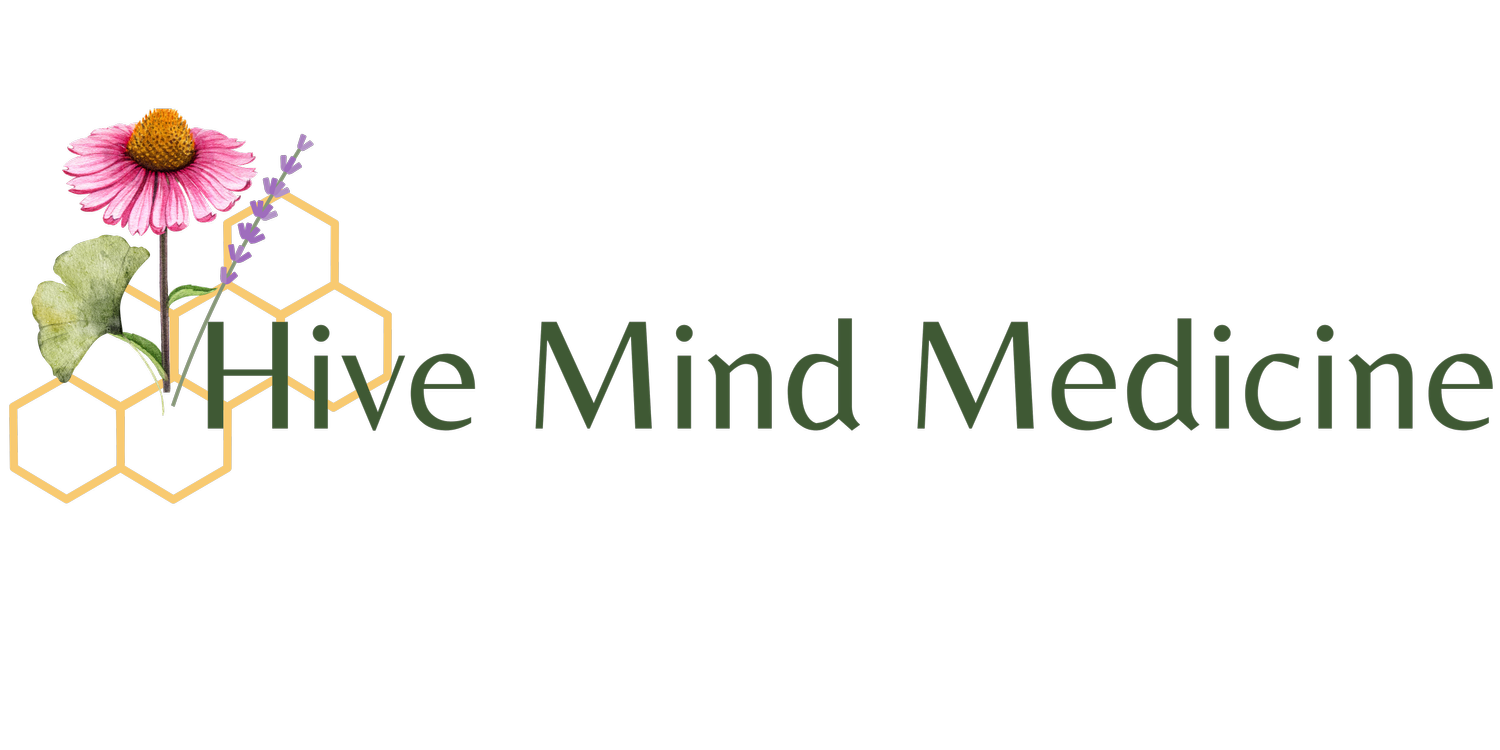Mold Illness Part 2: Mold and Food
ROZ DONOVAN,
ND
One of the most frequently asked questions I receive is: what foods do I need to stop eating if I have mold sickness or mycotoxin illness?
Those of you who know me, know that the last thing I want to do is take away your food! However, when you are feeling sick all the time, or it is unpredictable how you will feel from one day to the next, it can be helpful to learn to listen to your body’s communication system (the symptoms you experience) by reducing any symptoms created by food reactions.
The first thing I want my patients to do is add in healthy, mycotoxin reducing foods to their daily diet. Some of these foods will not be well tolerated by some people, but these are what we strive to add to the diet.
Eat vegetables. Eat a rainbow of vegetables. Artichoke, broccoli rabe, endive, watercress, celery, cucumber, collard greens, spinach and mustard greens, asparagus, okra, tomatoes and bell peppers (red, yellow and orange!) beets, cauliflower, and bok choy, carrots and green beans, tomatillos and cabbage. Aim for 9 servings a day. The different colors are created by different antioxidants, we need them all everyday!
Eat some fruits and try to limit them to one serving a day and whole fruit, not juiced or dried.
Eat fats with limited processing. Examples include organic liver, eggs, avocado, olive oil, fish, butter, fresh seeds and nuts.
Eat sulfur containing foods. Alliums such as onions, garlic, leeks, scallions (green onion) and shallots. As well as cruciferous vegetables like radishes, kale, arugula, cabbage, cauliflower, broccoli and Brussels sprouts.
Be sure to consume adequate servings of protein for your body’s physical activity level in the form of lean meats, eggs, fish, legumes, fresh nuts and seeds, and fresh dairy products.
Use spices in abundance. Ginger helps protect the liver. Clove neutralizes mycotoxins. Cumin, rosemary, sage, thyme, oregano, basil and bay leaf all help the body clear mold and mycotoxins from the patients’ system.
Drink spring water. If they can, I ask patients to vary the springs from which drink. Voss one day and Mountain Valley another, and to seek out varied spring waters. Green tea is also helpful for some patients as it is anti-inflammatory and supports healthy liver function. And for my coffee loving patients, I suggest that they switch to a mold-free coffee for the duration of treatment, at least!
A serving size is approximately 5 ounces. For more information on serving sizes, visit The American Heart Association’s Fruits and Vegetables Serving Sizes Infographic.
For most people, adding these foods into their diet will be enough to aid treatment of mold sickness and mycotoxin illness. When my patients can’t get 9 vegetable servings per day, or are missing antioxidants due to food intolerances, we add in supplements like tasty powdered veggie mixes for the realities of a busy life.
If my patients and I want to take it a step further, and if it is safe for them to do so, we begin to question foods to see if they feel worse when they eat those foods. If so, we remove them from their diet for the duration of treatment, as with mold and mycotoxin illness, we want the patient to be continually feeling better, not worse. As the patient regains wellness, these foods may all be added back into their diet!!
Once the patient has created a nourishing and sustainable meal plan with the foods listed above, we can begin to isolate and question other foods to see if the patient feels worse when they eat those foods. Any foods that are removed from a patient’s diet are typically only restricted for a single 6 week interval. I request that all my patients be 100% sure that they are not exposed to mold when they remove these foods. If the patient is living or working in a moldy environment when they are taking healthy foods out of their diet, they are weakening their ability to heal rather than reducing symptoms. And in many cases, they will not be able to accurately assess the impact of that food on their system as there is an underlying presence of mold in their environment.
The list of foods to question has been divided into two tiers by Dr. Jill Crista. For patients who are not seeing continual improvement when adding the mycotoxin reducing foods, we question Tier One first.
Tier One foods include all sweets, corn, grapes, baked goods, potatoes (including sweet), aged cheeses, dried fruit, pickles, moldy cheeses, leavened bread, pickled foods, peanuts, yeast, soy sauce, peanut butter, simple carbs, cantaloupe, vinegar.
If removing Tier One foods from a patient’s diet over the course of 6 weeks is not improving all health, then we try removing Tier Two foods. These foods include all fruit, fermented foods, sour cream, starchy vegetables, shelled nuts, soured milk products, all grains, condiments made with vinegar or sugar and mass produced cocoa. Tier Two beverages include sweetened beverages, moldy coffee (most coffee), fermented cider, fruit juices, all alcoholic beverages, kombucha, oolong & black tea, and last but certainly not least important, the worst types of alcohol - those sourced from grapes or grains.
Roz Donovan, ND, is a graduate of National University of Natural Medicine, with a doctorate in Naturopathic Medicine. Throughout her doctoral studies, Dr. Donovan received hands-on training from herbalists and a botanist, while also interning in mental health, environmental medicine, pediatrics and general medicine. Her advanced training mentorships focused on traumatic brain injury and gastrointestinal health.
Hive Mind Medicine blog posts are for educational purposes only and are not intended as medical advice. Please consult with your health care practitioner for personalized guidance. Click on the contact button below if you would like to schedule with one of our Hive Mind practitioners.

